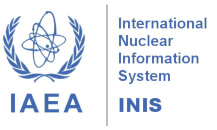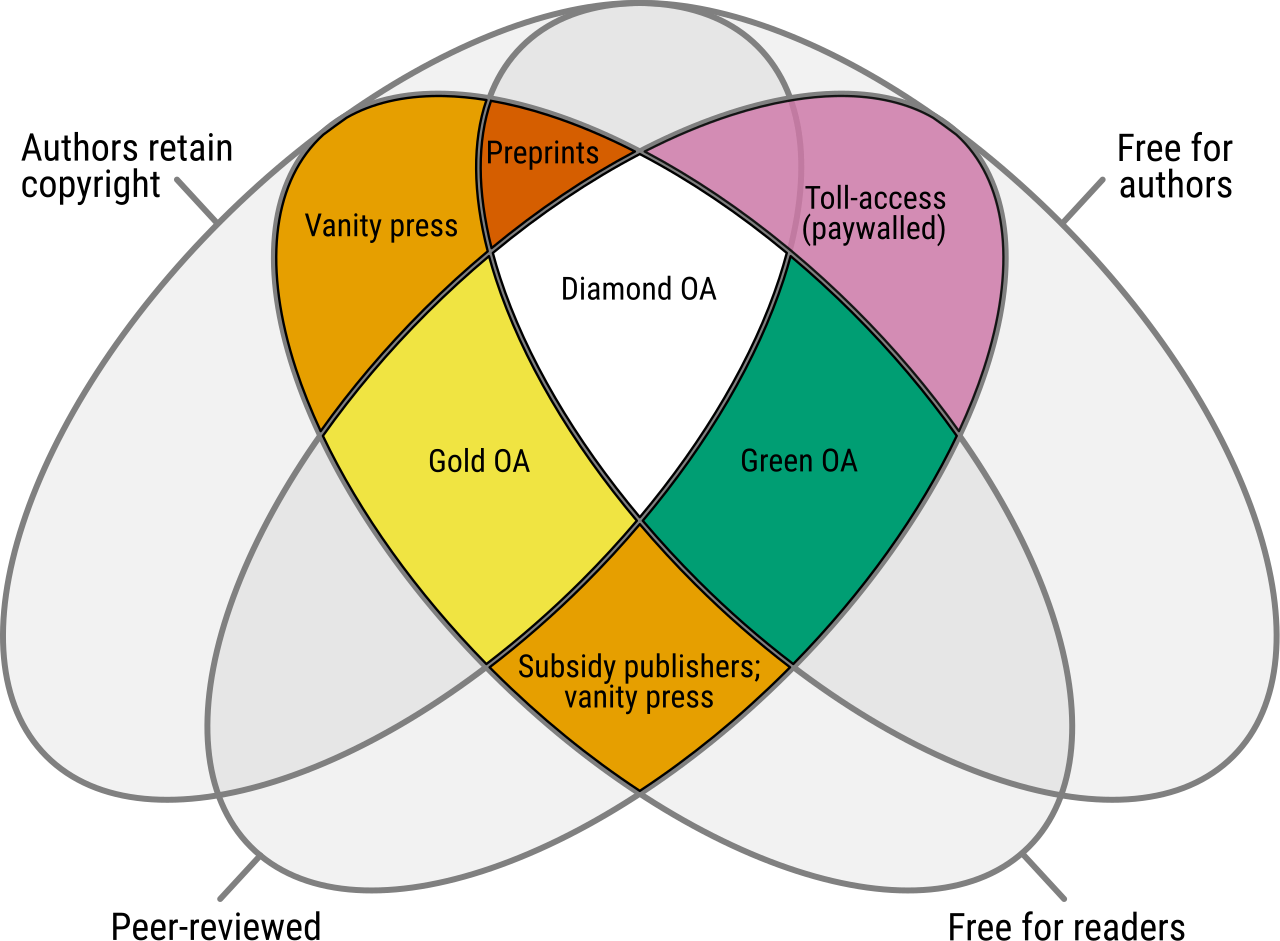New article published: V. 13 n. 3 (2025)
Progress in the Design of New Gas-Based Neutron Detectors: A Critical Review
Abstract: The detection of neutrons through gas detectors has been an established practice for decades, with significant applications in nuclear reactors and monitoring by international organizations responsible for safeguarding the use of nuclear energy. Historically, these detectors utilized Helium-3 (He-3) as the ionization gas due to its reliability, safety, ease of use, insensitivity to gamma radiation, and high efficiency in thermal neutron detection. However, the scarcity in the supply of He-3 has created an urgent need to develop new gas-based neutron detectors which do not rely on this isotope. Although significant technological advances have been made, challenges remain, particularly in improving the sensitivity and resolution of detectors and enhancing their ability to discriminate between neutrons and other forms of radiation, such as gamma radiation. In response to these demands, the present study aims to review recent advancements in the development of gas-based neutron detectors that can replace Helium-3-based detectors. The review focuses on the advantages of these new technologies, particularly in terms of neutron capture efficiency and linear response over a wide range of energies. This analysis was conducted through a critical review of the scientific literature, focusing on articles published in scientific journals between 2015 and 2024. The evolution of gas detectors is examined, from the technologies available in 2015 to the most recent innovations in gas neutron detectors. The findings highlight substantial improvements in detection efficiency and detector resolution, along with advances in particle discrimination. There is also a growing trend towards miniaturization of devices and the exploration of new doping techniques to increase sensitivity and reduce costs. It is concluded that, despite the significant advances achieved in the development of gas-based neutron detectors, there remains considerable room for further improvement. Areas such as device miniaturization, the use of new dopants, cost-benefit analysis, and the application of these detectors in new fields still offer substantial opportunities for innovation and development. Read full article.






















